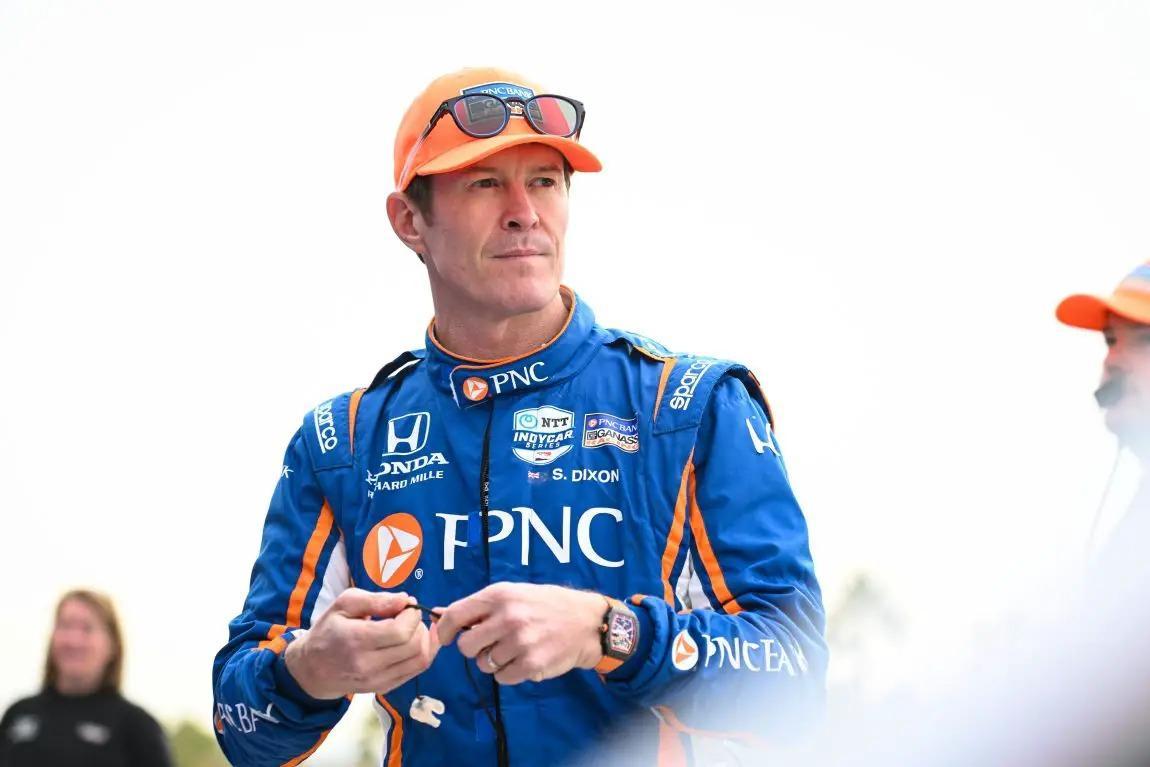Scott Dixon, the six-time IndyCar champion and one of the most respected figures in motorsport, recently opened up about a paradox that has long fascinated fans and insiders alike—the intense nerves that IndyCar drivers experience before a race despite their vast experience and proven success. His candid insights shed light on the psychological challenges faced by elite athletes in one of the most demanding racing series in the world.
Dixon’s career has been defined by consistent excellence, tactical brilliance, and remarkable composure under pressure. Yet, despite his numerous victories and championships, he admits that the pre-race jitters never truly disappear. In a recent interview, Dixon described this phenomenon as a complex mix of excitement, anxiety, and an acute awareness of the stakes involved in every race.

“The nerves never fully go away,” Dixon said. “Even after winning multiple championships, standing on the grid before a race, you feel that rush, that tension. It’s both terrifying and thrilling at the same time. It’s a constant reminder that what we do is dangerous and that the margin for error is razor-thin.”
This paradox, Dixon explained, is part of what drives IndyCar drivers to perform at their best. The nerves serve as a heightened sense of focus and urgency, sharpening their instincts and pushing them to prepare meticulously. “If you’re not feeling something, maybe you’re not taking it seriously enough,” he added. “Those feelings keep you honest and motivated.”
Dixon’s reflections resonate deeply within the racing community. Many drivers, both veterans and rookies, share this sentiment of pre-race anxiety that never fully subsides, regardless of experience or past successes. The combination of adrenaline and fear is what fuels their drive to compete at the highest level.
Moreover, the champion highlighted the mental strategies employed by drivers to manage their nerves. Techniques such as visualization, controlled breathing, and strict routines before the race help transform anxiety into positive energy. “It’s about channeling those nerves,” Dixon explained. “You can’t eliminate them, but you can control how they affect your mindset and performance.”

His insights also touch on the broader theme of human vulnerability beneath the public image of fearless racers. While fans often see the confident, skilled driver on the track, Dixon’s comments remind us that beneath the helmet are individuals grappling with natural fears and pressures.
Scott Dixon’s raw take provides a nuanced perspective on the psychological demands of professional racing. His honesty about pre-race nerves demystifies the experience for fans and emphasizes the resilience required to compete in IndyCar. It also underscores the mental toughness that complements physical skill in achieving greatness.
As IndyCar continues to captivate audiences worldwide, Dixon’s reflections add a deeper layer of understanding about what it truly means to be a champion. The tension before the race is not a weakness but a testament to the commitment and passion these drivers bring to every lap.
In conclusion, Scott Dixon’s candid discussion of the paradox of pre-race nerves offers a compelling glimpse into the mindset of elite IndyCar drivers. It highlights the emotional complexity behind the sport’s high-speed drama and celebrates the mental strength that drives champions to success.






